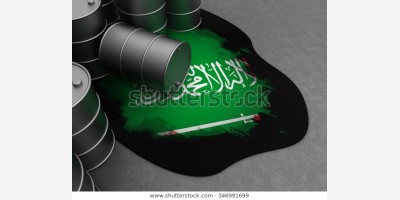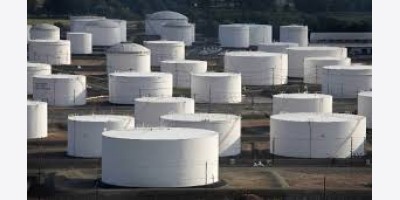
Ahead of this week’s OPEC meeting, Saudi Arabian oil minister Ali Al-Naimi has once again been talking up one of his country’s biggest resources: sunshine.
Speaking to reporters, he said he thought the most interesting thing in energy right now is solar power. This echoes similar comments Mr. Al-Naimi has made over the past six months or so warning demand for oil may dry up by the middle of the century, necessitating a plan to develop solar power in the Kingdom. He even says Saudi Arabia may one day export electricity rather than barrels.
Because Saudi Arabia often burns crude oil to produce electricity—one of the most expensive ways to keep the air conditioners cranked up—it makes sense to invest in more solar panels there. But turning the Kingdom into a major exporter of electricity looks less feasible, at least in terms of replacing its oil-based economy.
Oil’s big advantage is that it can be shipped anywhere: Most of Saudi Arabia’s goes to Asia. Not so with electricity, which has to be sent over transmission networks—and loses its power the further it is sent. So Saudi Arabian electricity exports would be limited pretty much to its immediate neighborhood—and it is a pretty small one in terms of electricity demand.
Using data for 2012 from the Energy Information Administration, electricity consumption in the Middle East, including Egypt, was about 928 terawatt hours (the U.S. used 3,832 TWh that year.) Say Saudi Arabia somehow became the region’s sole supplier of electricity. This would be the energy equivalent of just 1.5 million barrels of oil a day. Saudi Arabia currently produces about 10 million a day.
Say the Middle East suddenly embraced electrification and Saudi Arabia somehow supplied total energy demand for the region. That would add up to the equivalent of 17 million barrels a day.
Of course, these scenarios are beyond far-fetched. Indeed, capturing much share of the Middle East’s electricity market beyond the Gulf States would be difficult partly because it is such a bad neighborhood. The biggest consumer of power outside of Saudi Arabia itself is Iran–and good luck persuading Tehran to give up nuclear power in favor of a cable strung under the Persian Gulf.
Saudi Arabia could yet effectively export electricity in other forms. Aluminum, with its highly energy-intensive manufacturing process, is one example, albeit a market that suffers excess supply already. But the real message is that while Mr. Al-Naimi is right to consider a post-oil future, his country must ultimately wean itself off dependence on exporting fuels, whether they come from the ground or sky.
By Liam Denning/ Wall Street Journal























